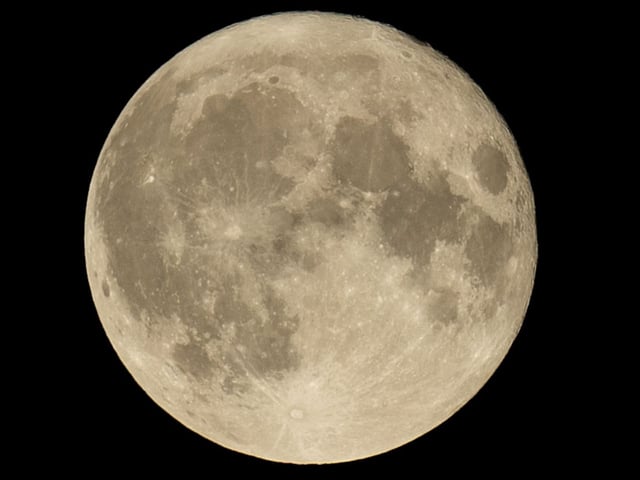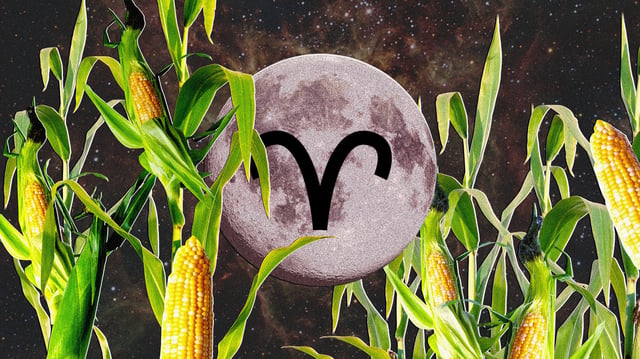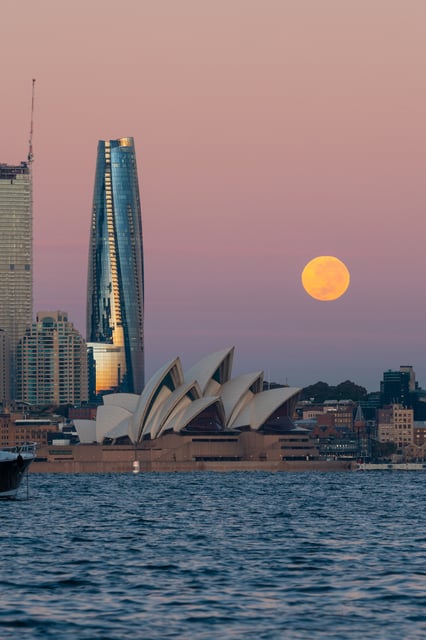Overview
- October’s full Harvest Moon reached peak illumination overnight Oct. 6–7 and was widely observed and photographed across the globe.
- The next close full moons are due Nov. 5 and Dec. 4, with some sources also counting an early January 2026 full moon depending on the supermoon definition used.
- NASA describes a supermoon as a full moon within about 90% of perigee, appearing up to roughly 14% larger and 30% brighter than the smallest full moon.
- Best viewing occurs around moonrise near sunset and again at moonset near sunrise, with the horizon ‘moon illusion’ making it look largest; it will still appear nearly full the following night if skies are clear.
- Tidal impacts are modest, with perigean spring tides lifting high tides by only a few centimetres compared with typical levels.



